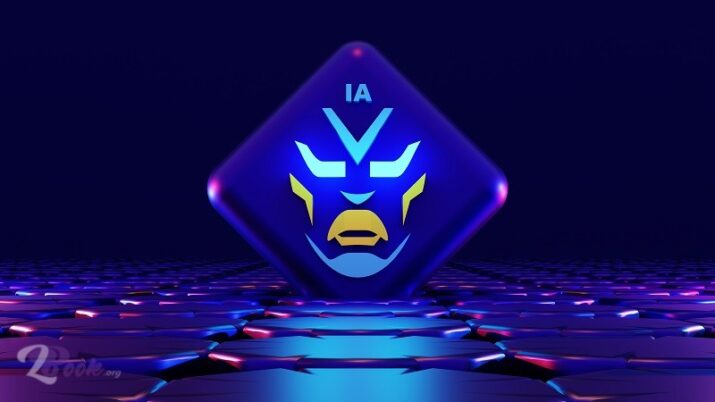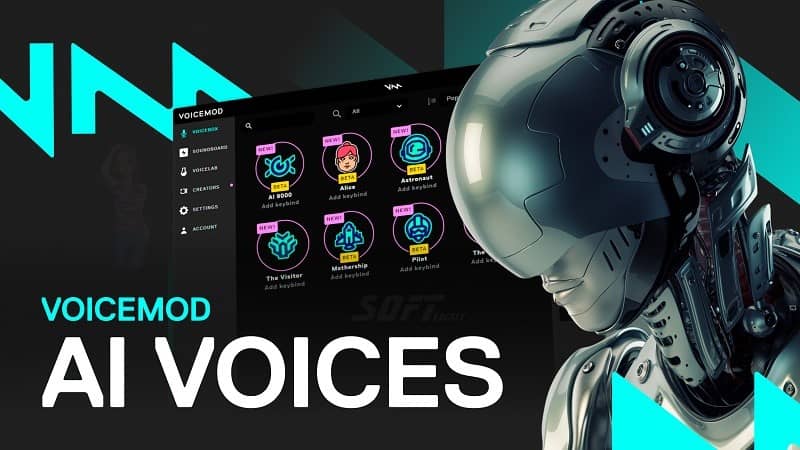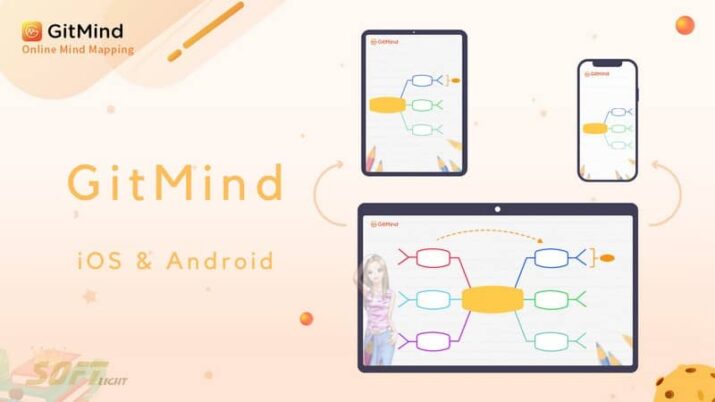Understanding GPT-4: The Power of Language Generation Free
Understanding GPT-4: The Power of Language Generation Free
the world of artificial intelligence (AI) is constantly evolving, with new advancements and breakthroughs being made regularly. One of the most exciting areas of development in recent years has been in the field of AI language models, with systems such as GPT-3 (Generative Pre-trained Transformer 3) pushing the boundaries of what is possible.
However, even as GPT-3 continues to amaze us with its capabilities, researchers are already looking toward the next generation of AI language models – GPT-4.
The Next Step in AI-Language Models
So, what can we expect from GPT-4? While the exact details of its capabilities are yet to be confirmed, there are already some predictions based on the current state of AI research.
One of the most significant areas where GPT-4 is expected to improve upon its predecessors is in its ability to understand the context. GPT-3 is already a master at generating human-like language, but it still has limitations when it comes to understanding the broader context of a conversation or text.
Is expected to address this issue by integrating more advanced machine learning techniques, such as reinforcement learning and meta-learning, to better understand the relationships between different pieces of information and to make more informed predictions about what is likely to come next.

The Future of Natural Language Processing
Another area where GPT-4 is expected to excel is in its ability to generate more diverse and creative content. While GPT-3 has been widely praised for its ability to generate high-quality language, some critics argue that it can be overly repetitive and lacking originality.
We expect to address this issue by integrating more advanced natural language processing techniques, such as sentiment analysis and emotion recognition, to produce content that is not only grammatically correct but also emotionally engaging.
Additionally, it is expected to be more efficient than its predecessors, with faster processing times and lower computational requirements. This is particularly important as AI language models become increasingly complex, requiring more processing power to generate and understand language.
Exploring GPT’s Capabilities
However, with any new technology, there are also potential risks and ethical concerns that need to be considered. GPT-3 has already raised concerns about the potential for its technology to be used for malicious purposes, such as generating fake news or deep fakes. As GPT-4 is likely to be even more advanced than its predecessor, it will be important to ensure that it is developed and deployed ethically and responsibly.
In conclusion, while we are still waiting for the official release, there are many reasons to be excited about its potential. With expected advancements in contextual understanding, creativity, and efficiency, GPT-4 could revolutionize the way we interact with machines and unlock a new era of AI-driven innovation.
However, it is important to consider potential risks and ethical implications and to ensure that the development and deployment are done responsibly and transparently to maximize its benefits and minimize its risks.

The Role of GPT in Conversational AI and Chatbot Development
The development of the next generation of artificial intelligence (AI) language models, is highly anticipated by researchers and industry professionals alike. With its expected advancements in contextual understanding, creativity, and efficiency, GPT-4 has the potential to revolutionize the way we interact with machines and unlock a new era of AI-driven innovation.
In this, we will explore the various applications and use cases and examine how it could be used to solve real-world problems.
- Natural Language Processing’s advanced natural language processing (NLP) capabilities could be used to improve a range of applications. For example, used to create more natural and engaging chatbots or virtual assistants that are capable of holding complex conversations and understanding user intent. It could also be used to improve language translation services, making them more accurate and efficient.
- Content Generation GPT-4’s expected improvements in creativity and diversity could revolutionize the field of content generation. With its ability to generate emotionally engaging content, it could be used to create more effective marketing campaigns or to generate personalized content for users based on their interests and preferences. It could also be used to improve the accuracy and efficiency of content creation in fields such as journalism or scientific writing.
- Predictive Modeling GPT-4’s advanced machine learning techniques, such as reinforcement learning and meta-learning, could be used to create more accurate predictive models. For example, it could be used to predict consumer behavior or market trends, helping businesses make more informed decisions. It could also be used to improve healthcare outcomes by predicting patient diagnoses or outcomes based on their medical history and other data.
How AI is Changing the Way We Write
- Autonomous Systems GPT-4’s improved contextual understanding could be used to improve the capabilities of autonomous systems such as self-driving cars or drones. By better understanding the context of their surroundings, these systems could make more informed decisions and navigate more efficiently and safely.
- Advanced research and Development abilities could be used to accelerate research and development in a range of fields. For example, used to generate hypotheses or to simulate complex systems, allowing researchers to explore new ideas more quickly and efficiently. It could also be used to analyze large datasets, helping researchers identify patterns and insights that may have been missed using traditional methods.
Best Practices and Techniques for Language
Overall, GPT-4’s capabilities have the potential to transform a range of industries and solve real-world problems. However, it is important to ensure that the development and deployment are done responsibly and transparently, taking into account potential risks and ethical implications. By doing so, we can maximize the benefits of this exciting technology and use it to create a better future for all.
As the development of artificial intelligence (AI) continues to progress, there has been a shift from traditional rule-based systems to more advanced machine learning algorithms such as Generative Pre-trained Transformer 4 (GPT-4).
While rule-based systems rely on a set of predetermined rules to make decisions, GPT-4 uses advanced machine learning techniques to learn from vast amounts of data and generate predictions and decisions. In this article, we will explore the advantages and limitations compared to traditional rule-based systems.

Advantages of GPT-4
- Contextual Understanding: Advanced machine learning techniques allow it to understand the context in which it is operating. This means it can make decisions based on a wider range of factors and generate more accurate predictions.
- Flexibility: Flexible system that can adapt to changing circumstances and data. It is not bound by a set of predetermined rules and can generate predictions based on a wide range of factors, making it suitable for complex and dynamic environments.
- Creativity: Can generate novel and creative responses. This means it can be used in a range of applications, including content generation and artistic expression.
- Efficiency: The ability to learn from vast amounts of data means it can generate predictions and decisions quickly and accurately.
Limitations
- Data Requirements: Advanced machine-learning techniques require vast amounts of data to learn from. This can be a limitation for some applications, particularly in industries where data is scarce.
- Bias: Like all machine learning algorithms, it is susceptible to bias. If the data it learns from is biased, it may generate biased predictions and decisions.
- Lack of Transparency: The decision-making process is not always transparent, making it difficult to understand how it arrives at its predictions and decisions. This can be a limitation in applications where transparency is important, such as healthcare.
- Difficulty in Interpreting Results: Generates predictions and decisions based on complex algorithms, making it difficult for humans to interpret the results. This can be a limitation in applications where human input is required.

Advantages of Rule-Based Systems
- Transparency: Rule-based systems operate based on a set of predetermined rules, making it easy to understand how decisions are made.
- Interpretable Results: Rule-based systems generate results that are easy to interpret and understand, making them suitable for applications where human input is required.
- Accuracy: Rule-based systems are highly accurate in situations where the rules are well-defined and the data is structured.
Limitations of Rule-Based Systems
- Inflexibility: Rule-based systems are inflexible and can struggle to adapt to changing circumstances or data.
- Complexity: As the number of rules increases, the complexity of the system also increases. This can make it difficult to manage and maintain.
- Limited Contextual Understanding: Rule-based systems operate based on a set of predetermined rules, which can limit their ability to understand complex contexts.
- Lack of Creativity: Rule-based systems are not capable of generating novel or creative responses, making them unsuitable for applications where creativity is required.
Overall, GPT-4’s advanced machine learning techniques provide a range of advantages over traditional rule-based systems, including contextual understanding, flexibility, creativity, and efficiency.
However, it is important to consider the limitations, including the data requirements, the potential for bias, lack of transparency, and difficulty in interpreting results. By considering these factors, we can determine the most appropriate system for each application and maximize the benefits of AI technology.
Conclusion
In summary, GPT-4 is a highly advanced machine-learning algorithm that has the potential to revolutionize a wide range of applications. Its advantages include contextual understanding, flexibility, creativity, and efficiency. However, there are also limitations to consider, such as data requirements, potential bias, lack of transparency, and difficulty in interpreting results.
Ultimately, the most appropriate system for each application should be determined by considering the specific needs and requirements of that application. As AI technology continues to advance, we will likely see a shift towards more advanced machine learning algorithms like GPT-4 in a variety of industries.


